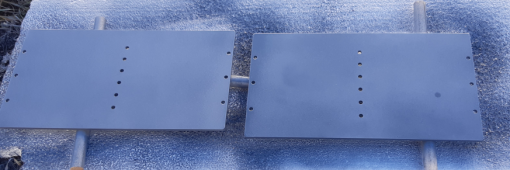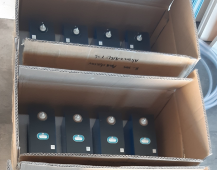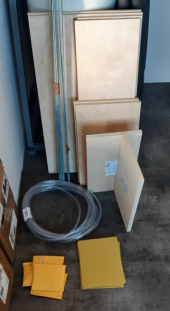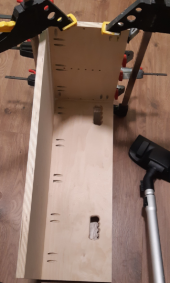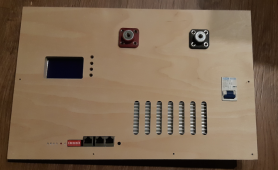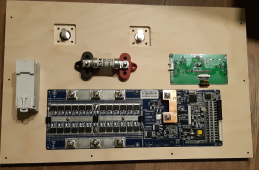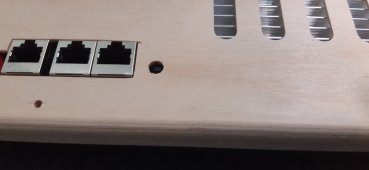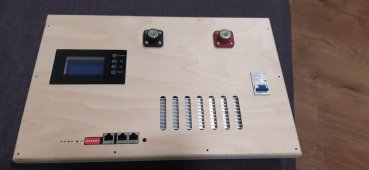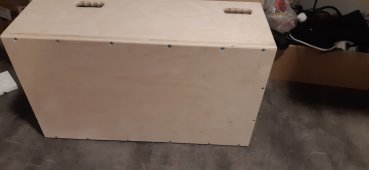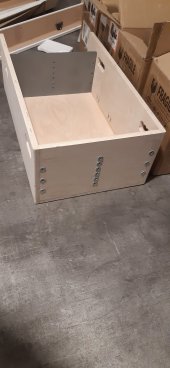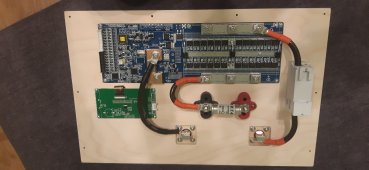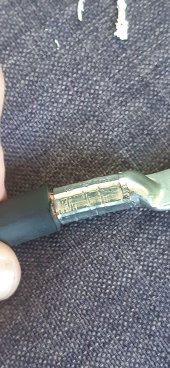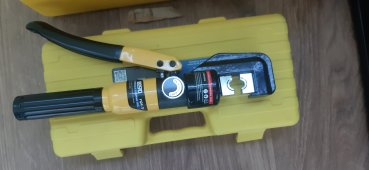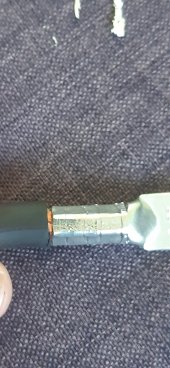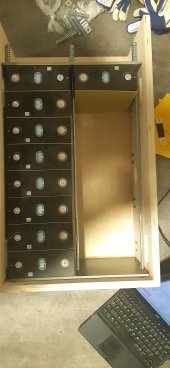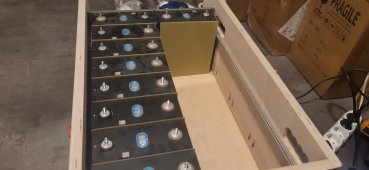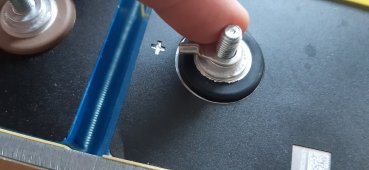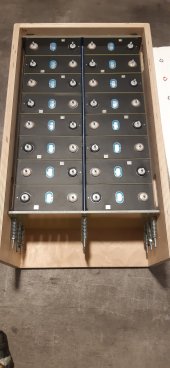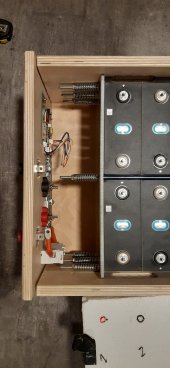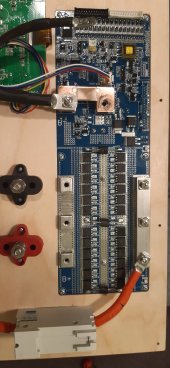Let the build begin!
For several months I've been planning the storage for my solar system. The inverter is SMA Sunny Island. The battery will be a DIY 48V 16S LiFePO4 one. The design will be pretty similar to the Seplos Mason one. The main difference is that the enclosure will be from plywood and the cell compression will be done with springs.
Here are the parts:
1) 16 280Ah CATL cells. These have been tested in the forum and should capacity close to 300Ah. Internal resistance on all cells is identical. This is all that I've tested till now.
2) Seplos LiFePO4 150A 16S BMS.
3) Plywood (missing on the picture) for the enclosure.
4) 6mm steel plates for compression. These have been laser cut and spray painted with zink spray.
5) 6mm threaded rods, springs, and insulation tube for the compression force.
6) FR4 0.5mm sheets cut to the appropriate size (172 x 206 IIRC) on the CNC router for insulation between cells.
7) Lugs (JG type), fuse (Eaton 100FE), DC circuit breaker (TOB1Z-125), and battery terminals.
Some items are still missing:
1) Busbars still missing, but I'm expecting them to arrive in the next couple of days. Flexible braided busbars will be used.
2) Wires - welding cable or car audio power cables.
3) Heating wire. Likely this one from Aliexpress. 48V or 230V one. Haven't decided yet.
I'll document the process of building the battery with pictures to assist with ideas for future builds.
And the final touch will be WiFi connectivity. The Seplos serial protocol has been reverse-engineered and on GitHub there are projects using it. I'll use an ESP8266 module to enable the battery to connect to the WiFi, collect telemetry and send it to a telemetry DB. The module will also control the heating elements (I did not know Seplos have that ability until I got the BMS and saw the missing parts from the PCB).
For several months I've been planning the storage for my solar system. The inverter is SMA Sunny Island. The battery will be a DIY 48V 16S LiFePO4 one. The design will be pretty similar to the Seplos Mason one. The main difference is that the enclosure will be from plywood and the cell compression will be done with springs.
Here are the parts:
1) 16 280Ah CATL cells. These have been tested in the forum and should capacity close to 300Ah. Internal resistance on all cells is identical. This is all that I've tested till now.
2) Seplos LiFePO4 150A 16S BMS.
3) Plywood (missing on the picture) for the enclosure.
4) 6mm steel plates for compression. These have been laser cut and spray painted with zink spray.
5) 6mm threaded rods, springs, and insulation tube for the compression force.
6) FR4 0.5mm sheets cut to the appropriate size (172 x 206 IIRC) on the CNC router for insulation between cells.
7) Lugs (JG type), fuse (Eaton 100FE), DC circuit breaker (TOB1Z-125), and battery terminals.
Some items are still missing:
1) Busbars still missing, but I'm expecting them to arrive in the next couple of days. Flexible braided busbars will be used.
2) Wires - welding cable or car audio power cables.
3) Heating wire. Likely this one from Aliexpress. 48V or 230V one. Haven't decided yet.
I'll document the process of building the battery with pictures to assist with ideas for future builds.
And the final touch will be WiFi connectivity. The Seplos serial protocol has been reverse-engineered and on GitHub there are projects using it. I'll use an ESP8266 module to enable the battery to connect to the WiFi, collect telemetry and send it to a telemetry DB. The module will also control the heating elements (I did not know Seplos have that ability until I got the BMS and saw the missing parts from the PCB).
Attachments
Last edited:



